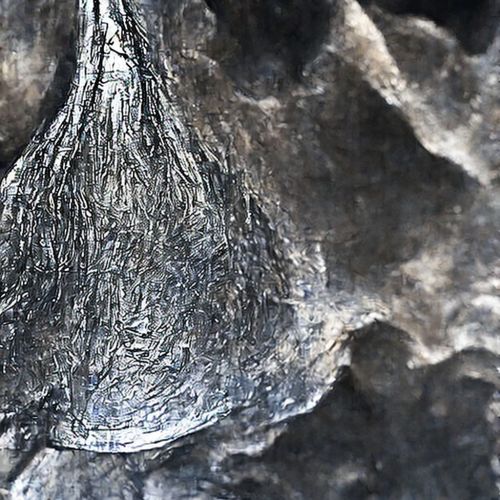Stress-Strain Curve
Introduction
The Stress-Strain Curve is a fundamental concept in the field of Materials Science and Engineering. It is a graphical representation of the relationship between the stress applied to a material and the strain it experiences as a result. This curve provides critical information about a material's mechanical properties, including its elasticity, plasticity, and ultimate strength.
Stress
In the context of materials science, stress is the internal resistance of a material to deformation. It is calculated as the applied force divided by the cross-sectional area over which the force is distributed. This is typically measured in units of pressure, such as Pascals (Pa) or pounds per square inch (psi).
Strain
Strain, on the other hand, is a measure of deformation representing the displacement between particles in the material body that is the result of stress. Strain can be either normal or shear. Normal strain occurs when the deformation is along the axis of the applied force, while shear strain occurs when the deformation is perpendicular to the applied force.


Stress-Strain Curve
The stress-strain curve is a plot with stress represented on the Y-axis and strain represented on the X-axis. As stress increases, strain also increases, demonstrating the direct relationship between these two variables. The curve can be divided into several distinct regions, each representing a different mechanical behavior of the material.
Elastic Region
The initial linear portion of the curve is known as the elastic region. In this region, the material will return to its original shape after the stress is removed. The slope of the line in this region is known as the modulus of elasticity or Young's modulus, which is a measure of the material's stiffness.
Plastic Region
Beyond the elastic limit is the plastic region. In this region, the material will undergo permanent deformation, meaning it will not return to its original shape once the stress is removed. The beginning of this region is marked by the yield strength of the material, which is the stress at which the material begins to deform plastically.
Strain Hardening Region
Further along the curve is the strain hardening region. In this region, the material becomes stronger and more resistant to deformation as it is subjected to more stress. This is due to the dislocation movements within the material's structure that are caused by the applied stress.
Fracture Point
The end of the curve represents the fracture point, which is the stress at which the material breaks. This is also known as the ultimate tensile strength of the material.
Applications of the Stress-Strain Curve
The stress-strain curve is used in many areas of engineering and materials science. It is used to select materials for specific applications, to predict the behavior of materials under different types of loading, and to calculate the energy absorbed by a material during deformation.
